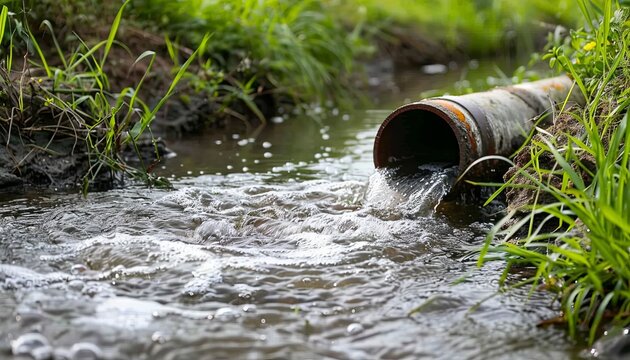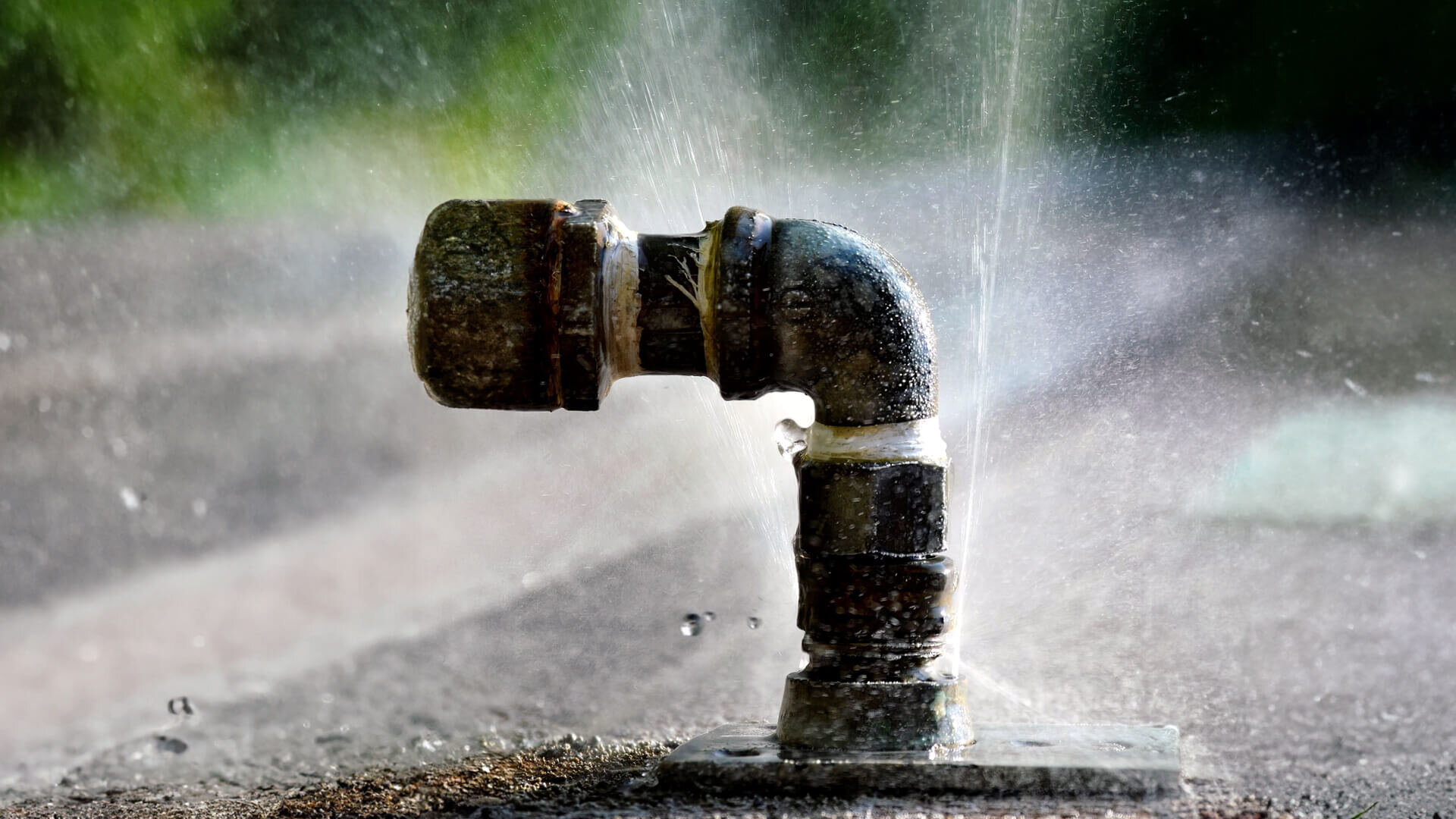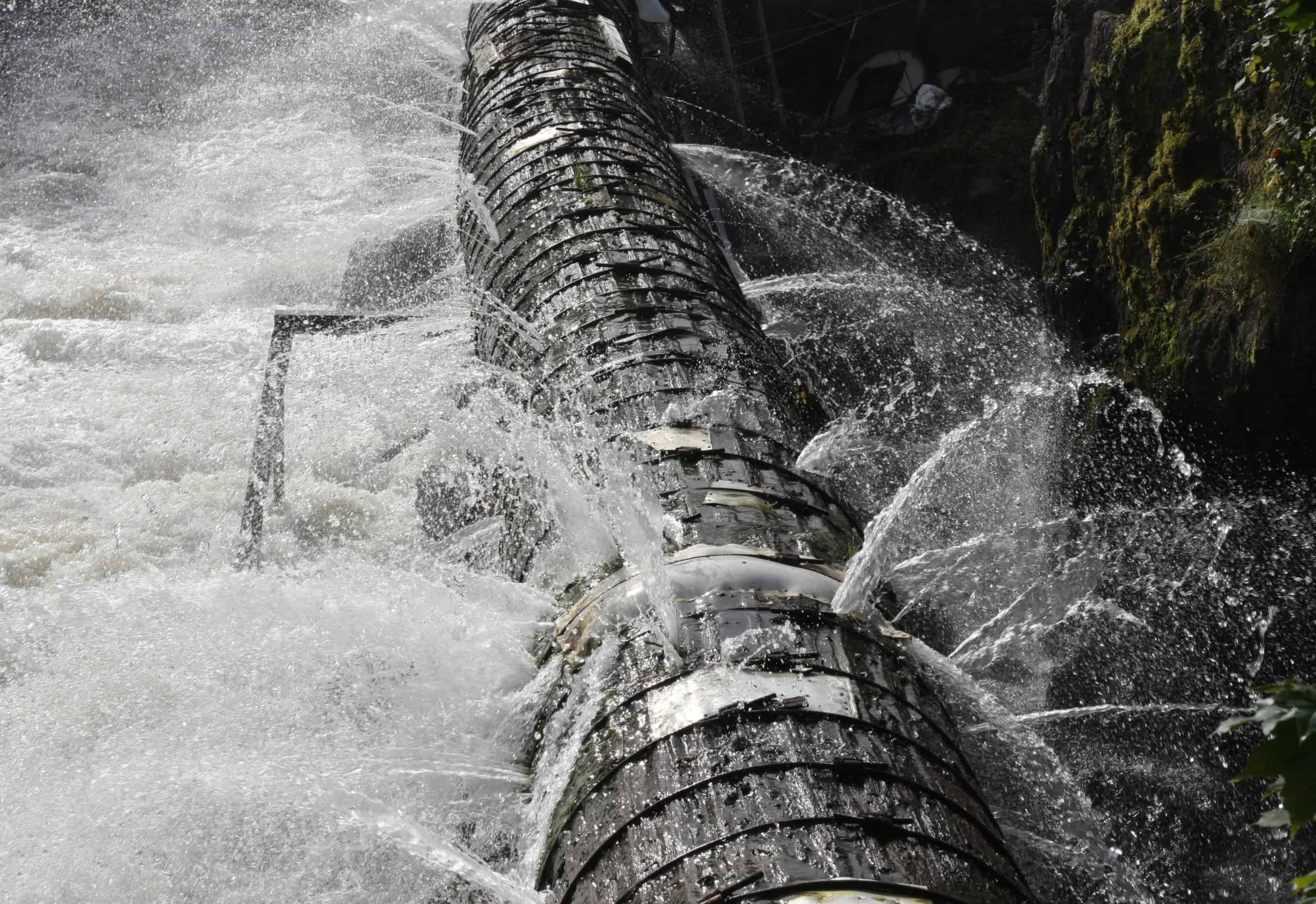Preventing a Burst Pipe: Tips for Protecting Your Plumbing During Winter
Preventing a Burst Pipe: Tips for Protecting Your Plumbing During Winter
Blog Article
What to Do When a Pipe Bursts: Immediate Steps for Property Owners
A pipeline ruptured can be a house owner's worst problem, resulting in considerable damage if not addressed without delay. The prompt feedback is crucial: initially, situate the resource of the leak and shut off the primary water valve to prevent more flooding. Following this, draining the pipelines ends up being vital to mitigate added problems.

Evaluate the Scenario
When a pipe bursts, the initial step is to assess the situation promptly. This first evaluation is important in establishing the extent of the damage and the prospective dangers entailed - burst pipe. Begin by recognizing the source of the leakage; this may include inspecting the location around the burst pipe for visible signs of water getaway. If the burst happened in a hidden area, such as within a wall surface or under a flooring, seek water discolorations or pooling that may indicate the location.
Check for electrical cables that may be exposed to water, as this positions a considerable risk of electrocution. Additionally, take note of any valuable items or furnishings that may be at threat of water damages.
Documenting the damage via photos can also be beneficial, specifically for insurance claims. Time is essential, as standing water can bring about mold development and additional structural damages. By completely evaluating the scenario, you will be better prepared to take the needed steps to mitigate further concerns emerging from the ruptured pipe.
Shut Off the Water
The prompt priority after identifying a burst pipeline is to turn off the water supply to avoid more flooding and damage. Situate the primary shut-off shutoff, commonly discovered near the water meter, in the basement, or on an outside wall. Transforming this valve clockwise will certainly quit the flow of water throughout your home, reducing the risk of substantial water damage.
If you are unable to discover the main shut-off shutoff or if it is malfunctioning, you may require to turn off individual shutoffs attached to the affected pipeline, if accessible. Some homes likewise have second valves for particular home appliances, such as washing equipments or dishwashing machines.
It's suggested to familiarize on your own with the location of these valves prior to an emergency situation occurs, as this understanding can save beneficial time during a crisis. In case the primary valve is stuck or hard to turn, do not compel it; instead, think about looking for expert aid.
Once the water is shut down, take a moment to evaluate the circumstance additionally while planning for the following actions, ensuring that your home is as protected as possible from extra water invasion.
Drain Pipes the Pipelines
After closing off the supply of water, it is essential to drain pipes the pipelines to decrease any kind of staying water that can result in extra damages. Begin by opening up all taps in the home, beginning with the highest degree to the least expensive. This procedure motivates the water to drain entirely, permitting gravity to aid in getting rid of recurring water from the pipes.

Be careful when draining pipes warm water, as it can trigger burns. Allow the water to exit up until the circulation ceases. Make use of towels or a damp vacuum cleaner to saturate it up if you notice any type of continuing to be water merging. Properly draining the pipes is vital to preventing further issues and assists safeguard your home from additional water damages throughout this demanding scenario.
Get In Touch With an Expert
Following a burst pipeline, calling a professional plumber is critical to make sure a complete assessment and efficient repair services. Attempting investigate this site to deal with the situation without skilled support can result in additional damages and complications. An accredited plumber possesses the competence and specialized tools needed to identify the root cause of the leak and address it successfully.
When picking a plumbing professional, focus on those with a solid credibility and relevant experience in emergency situation pipes solutions. Checking on-line reviews, obtaining referrals, and validating credentials can aid you make an educated choice. It is suggested to call several specialists to contrast feedback times, estimated expenses, and solution offerings.
Once you have actually involved a plumbing technician, offer them with as much information as possible about the case, including the area of the burst pipe and the actions you have already taken. This details will aid them in identifying the problem quickly and properly.
Paper the Damages
When a plumbing has been gotten in touch with and the prompt concerns dealt with, it is vital to document the damages triggered by the ruptured pipe. Begin by taking clear photos of the affected areas, see this page focusing on visible damage to walls, flooring, and home furnishings.
Next, assemble an in-depth listing of harmed things, including their approximate value and any kind of pertinent purchase information. This stock must incorporate irreversible components, personal items, and any structural damage observed. If possible, consist of the estimated cost of repair work based on expert evaluations or previous quotes for comparable job.
In enhancement to aesthetic and written documents, maintain documents of any kind of interactions with your plumbing professional and insurance policy provider. This details will support your case and assist in a smoother procedure for fixings. Be meticulous in your documentation you can check here initiatives, as detailed documents can substantially affect your capability to get compensation and accelerate remediation initiatives. By taking these actions, you will be much better prepared to navigate the results of the event - burst pipe.

Final Thought
Immediate evaluation of the scenario, followed by shutting off the primary water supply, is vital. Draining pipes the pipelines and documenting the damages makes certain correct handling of the case for insurance policy objectives.
The prompt top priority after recognizing a ruptured pipe is to shut off the water supply to stop more flooding and damage. Turning this valve clockwise will certainly stop the flow of water throughout your home, mitigating the threat of considerable water damages.
After closing off the water supply, it is crucial to drain pipes the pipes to reduce any continuing to be water that can lead to additional damage. For homes with a warm water heating unit, you must likewise drain the tank by attaching a pipe to the drain valve and directing the water right into an appropriate container or exterior.
Correctly draining the pipelines is essential to stopping more issues and helps safeguard your home from added water damages during this demanding situation.
Report this page